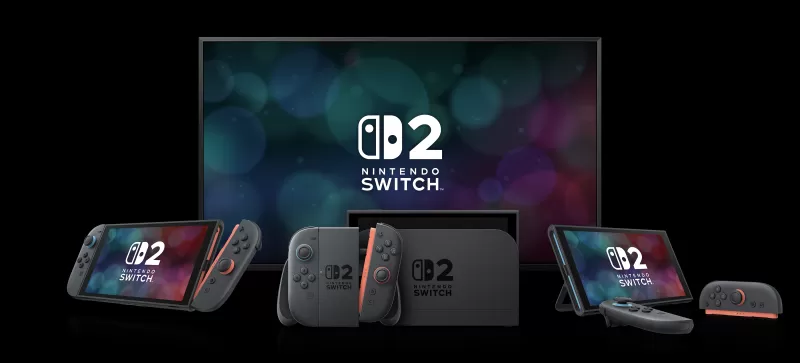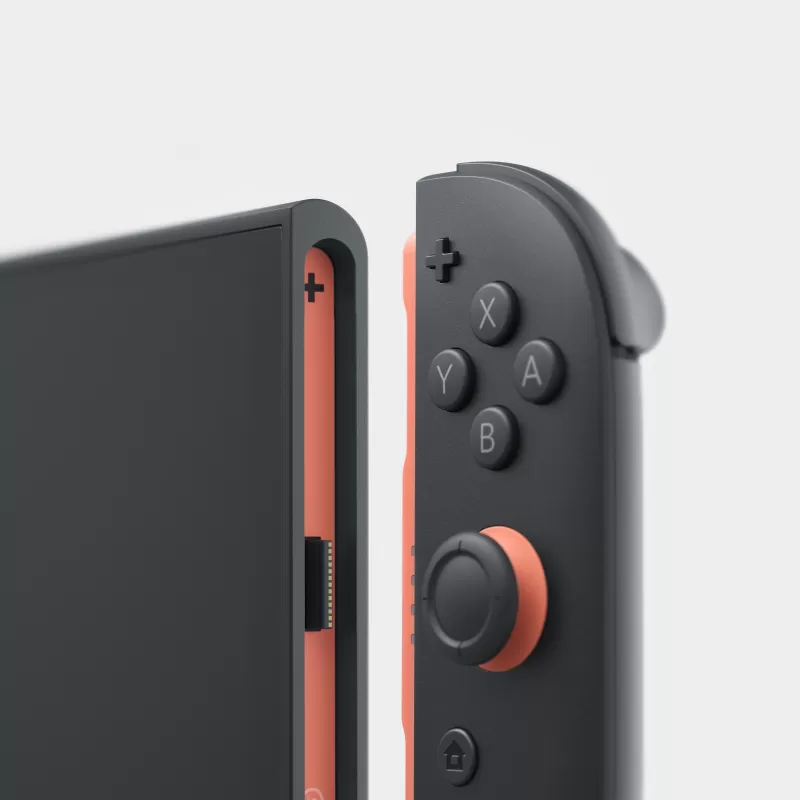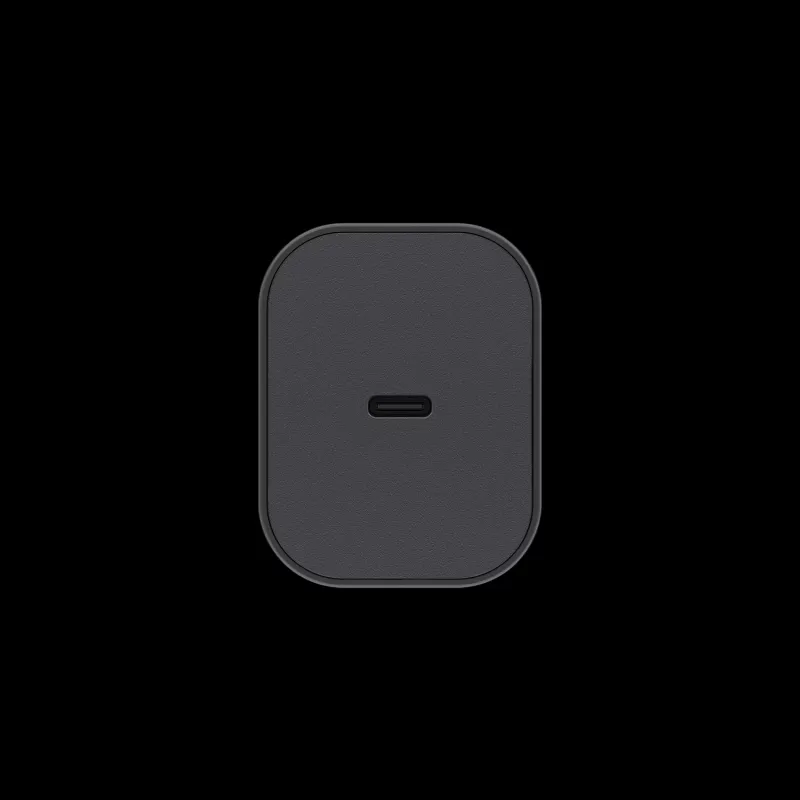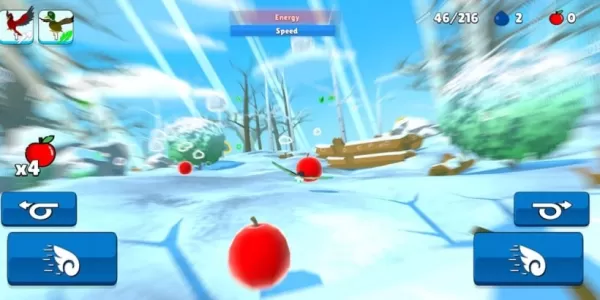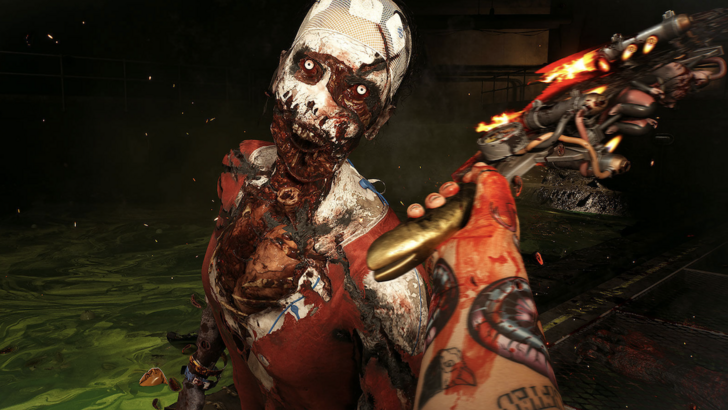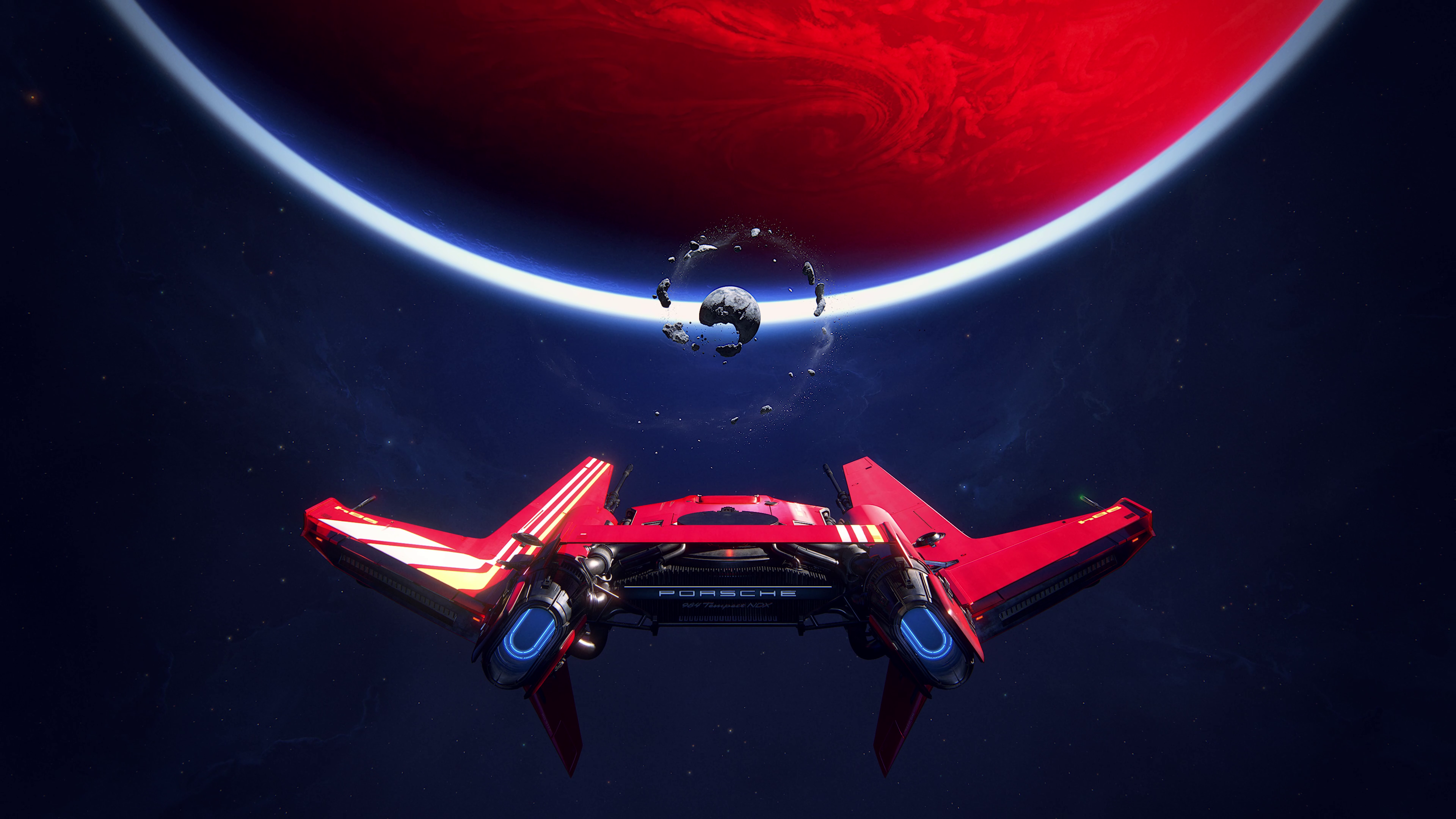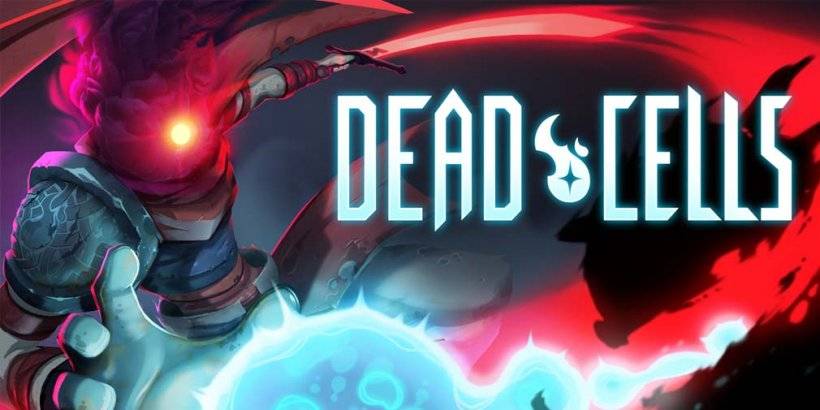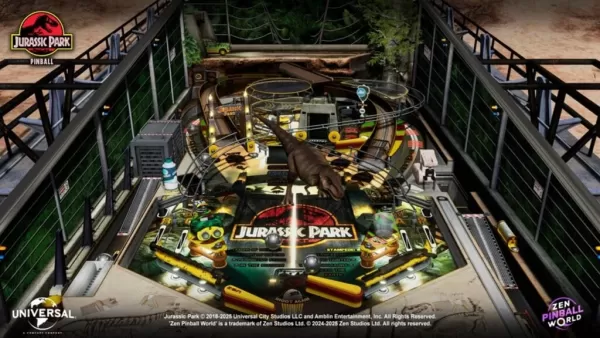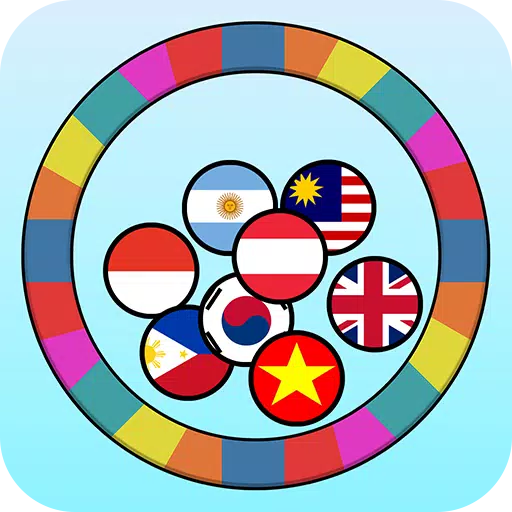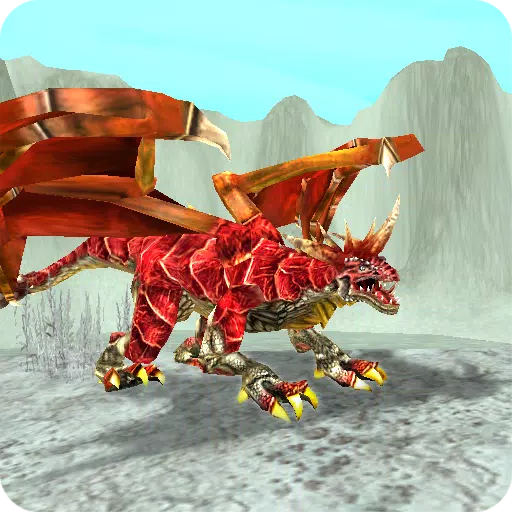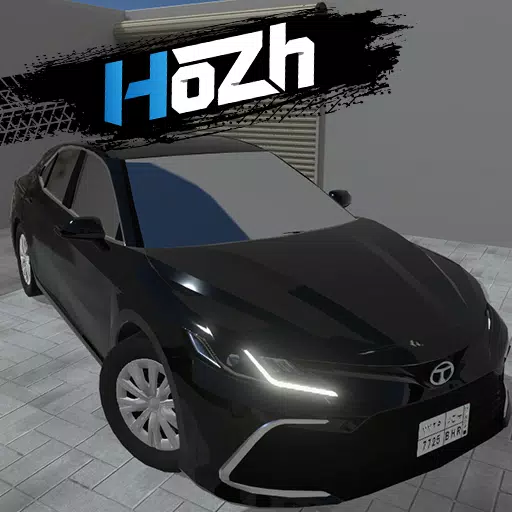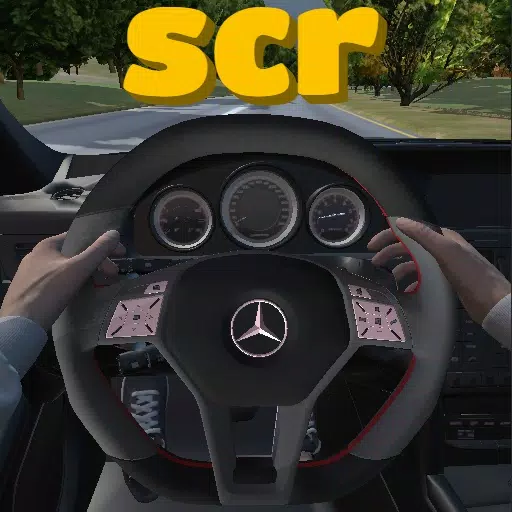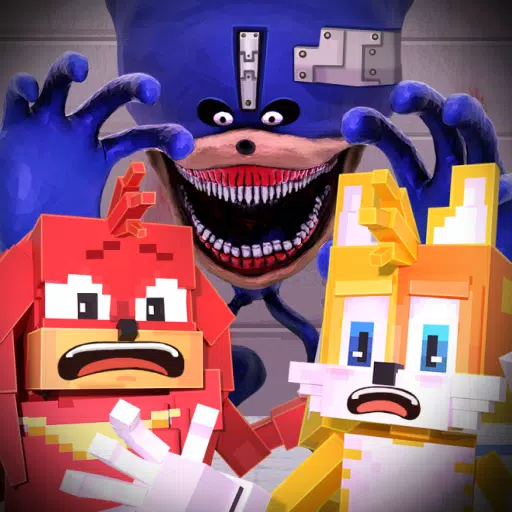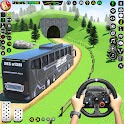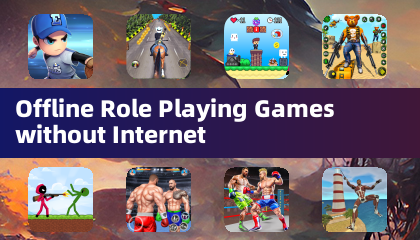It’s been a tumultuous week for U.S. gamers, starting with the much-anticipated full reveal of the Nintendo Switch 2, showcasing its impressive features and game lineup. However, excitement quickly turned to dismay when the $450 price tag and $80 for Mario Kart Tour were announced. The roller coaster of emotions continued as Nintendo decided to delay pre-orders, citing the need to assess the impact of the Trump Administration’s sweeping new tariffs on global trade.
We've explored elsewhere the reasons behind the Nintendo Switch 2's high initial cost and the potential effects of these tariffs on the gaming industry. Yet, the burning question on everyone's mind remains: What will Nintendo do next? Will the Nintendo Switch 2's price rise when pre-orders finally open?
Typically, when faced with questions about the future of video games, I consult a panel of expert industry analysts. Although they can't predict the future with certainty, their insights are usually backed by solid evidence and data. This week alone, I've penned two such analyses. However, this time, the situation has left even the most seasoned analysts scratching their heads. Each one I spoke with offered guesses—ranging from price increases to maintaining current prices—but all emphasized the unprecedented chaos of the current moment.
With that significant caveat, here’s what the analysts I spoke with had to say:
Sky-High Switch
Opinions were divided among the experts. Dr. Serkan Toto, CEO of Kantan Games, initially believed it was too late for Nintendo to adjust prices after their announcement. However, the delay has changed his perspective. "It is very difficult to predict, but Nintendo will likely take a few days to run simulations and then announce hikes, not only for the system itself but also for games and accessories," he stated. "I hope I am wrong, but if these sky-high tariffs are sustained, they leave Nintendo no choice. Would you be surprised to see the Switch 2 hit $500 for the base model? I wouldn't."
Toto also questioned Nintendo's timing: "Why on earth did Nintendo not wait for the U.S. to fix their tariffs first and then decide on pricing during a Direct a few days later? This made no sense."
Mat Piscatella, senior analyst at Circana, echoed the sentiment of unpredictability. "Based on the conversations I'm having, the breadth and depth of the tariffs surprised everyone, not just consumers," he said. Piscatella suggested that Nintendo likely had some assumptions about the tariffs when setting the initial price, but the reality was far more severe. "Every reasonable and responsible business that relies on international supply chains will be reevaluating its U.S. consumer pricing at this point. They have to."
He also noted that the U.S. could join other regions that typically face higher game prices due to these tariffs. "The haphazard and chaotic nature of the tariffs and their announcement obviously has many scrambling to navigate the fallout."
Manu Rosier, director of market analysis at Newzoo, predicts that hardware prices will rise, though he believes software might be less affected. "While physical versions might be subject to tariffs, the growing dominance and lower cost of digital distribution would likely limit any broader effect," he said. However, regarding hardware, he added, "If a 20% tariff—or any substantial increase—were to be introduced, it’s unlikely that companies like Nintendo would absorb the additional cost by cutting into their margins. In such cases, the burden could shift to consumers in the form of higher retail prices."
Holding the Line
On the other side, Joost van Dreunen, NYU Stern professor and author of SuperJoost Playlist, believes Nintendo will try to maintain its announced price. "I believe the volatility from the Trump tariffs was already considered in the Switch 2's $449.99 pricing," he said. "Given the first Trump administration's impact, Nintendo, like other manufacturers, has since restructured its supply chain to mitigate such geopolitical risks."
Van Dreunen pointed out that Nintendo has historically aimed for a launch price around $400, adjusted for inflation, suggesting the current price reflects anticipated economic challenges. "Nevertheless, the unpredictable nature of these tariff decisions—exemplified by the recent situation in Vietnam—injects a significant amount of uncertainty into the market. This could compel Nintendo to find ways to absorb or offset additional costs, especially when initial product margins are typically narrower."
Piers Harding-Rolls, games researcher at Ampere Analysis, agrees that Nintendo will face consumer backlash if it raises prices further. "The extent of the tariffs and its impact on Vietnamese exports are really bad news for Nintendo," he said. "The company is now in between a rock and a hard place, having already announced the launch price. I have already suggested that the pricing would stay as announced until 2026 at the earliest but then might be adjusted if the tariffs stay in place."
Harding-Rolls believes the delay in pre-orders gives Nintendo time to hope for a resolution. "Nintendo will not want to change the price having announced it, but I think everything is on the table now. If the pricing does change, it will impact the brand and the U.S. consumer’s view of the product at launch. I don’t think that will put off loyal fans, but it might put off broader consumers who will take a wait-and-see approach, particularly important during its first holiday season."
Living in Unhinged Times
Rhys Elliott, games analyst at Alinea Analytics, predicts higher prices for both Nintendo hardware and software due to the tariffs. He referenced his earlier comments on Nintendo's strategy of offering cheaper digital editions of games in certain markets. "It seems the lower prices in other markets were to nudge Switch 2 buyers to digital, as I mentioned my comments to IGN about Mario Kart World’s pricing. Nintendo might have wanted to do something similar in the U.S., but the tariff situation is so chaotic that Nintendo was in 'wait and see' mode—and decided to hedge its bets to see if it needed to offset the tariffs."
Elliott also painted a grim picture of the broader impact on the gaming industry, aligning with warnings from the Entertainment Software Association. "Some manufacturers—Nintendo included—have been shifting their manufacturing to non-tariff-impacted markets," he said. "And even if companies can afford to switch up their supply chains, who knows which markets will get tariffs next? Companies cannot just lift up their whole supply chain and move everything to the U.S. It’s just not logistically possible."
He emphasized the dire situation: "We are living in…there’s no other word for it…unhinged times driven by an unhinged man (and other forces). These extreme tariffs will also be bad for consumers in the U.S. but are positive for the U.S. administration’s populist façade. Policies that lead to higher prices for everyday people amid a cost-of-living crisis are deplorable. They're bad for gamers and the games business."
Elliott criticized the rationale behind the tariffs, stating, "‘a much stronger, much richer nation’ is not it. What’s more, time and time again, data has shown that tariffs harm the economy. Comparative advantage is a core principle of international trade theory. Basically, consumption and economic well-being are stronger when countries focus on producing goods they can efficiently produce—and trade for goods they are less efficient at producing. The trade war flies in the face of these core economic principles."
Nintendo Switch 2 System and Accessories Gallery
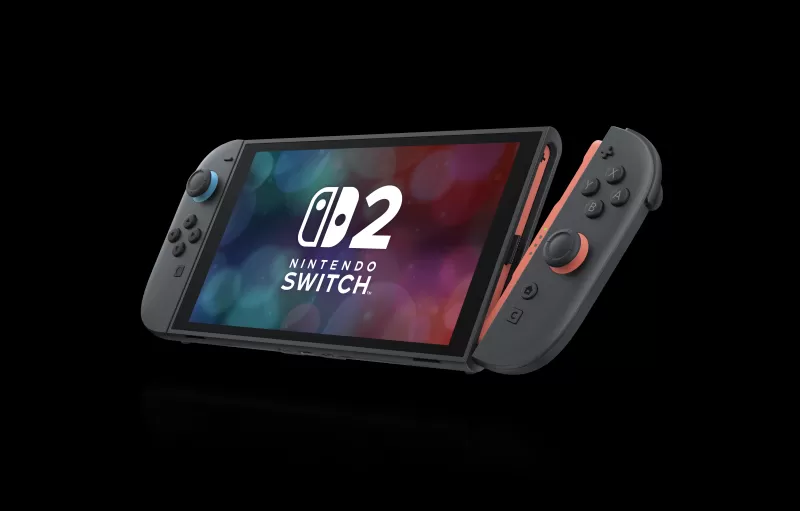
 91 Images
91 Images